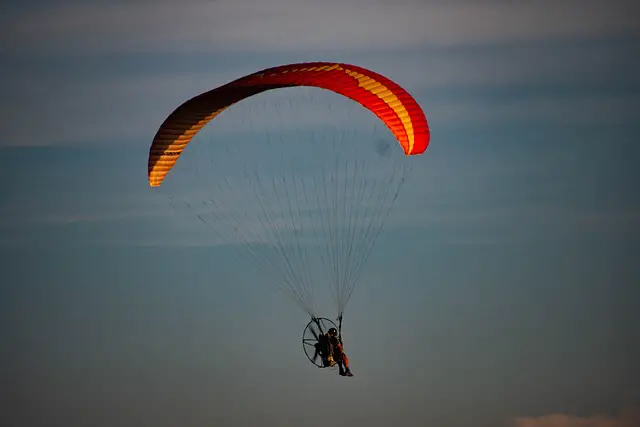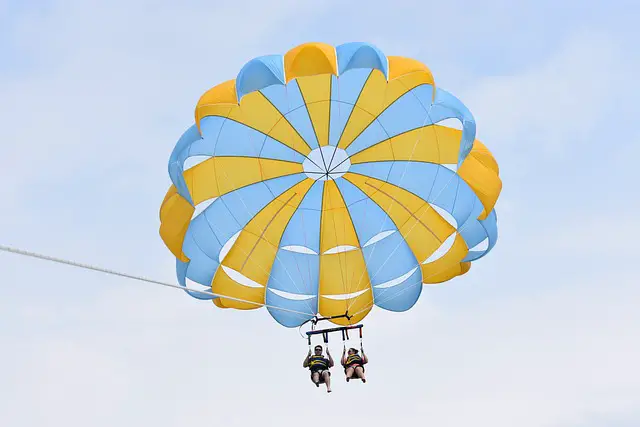Paramotoring, also known as powered paragliding, offers a unique way to touch the sky and feed your adventure lust. But the question that pops up in mind is,
How Safe Is Paramotoring?
Let’s delve into the factors that impact the safety of this exciting sport.Understanding Paramotoring
Before we get into the safety aspects, it is crucial to understand what paramotoring entails. In layman’s terms, it is a form of ultralight aviation where the pilot wears a motor on their back, providing enough thrust to take off using a paraglider wing. The simplicity and portability of paramotors make it an attractive option for many aviation enthusiasts.
Safety Statistics: Perception vs Reality
When it comes to paramotoring safety, people’s fear often overpowers the statistics. The fatality rate is relatively low compared to other extreme sports. According to the United States Powered Paragliding Association, there are approximately 0.6 deaths per 1000 participants registered, indicating that paramotoring is less risky than perceived.
Key Factors Influencing Paramotoring Safety
Training and Experience
Like any other extreme sport, the safety of paramotoring is directly influenced by the level of training and experience of the pilot. Proper training from a reputable school ensures that pilots learn essential flight and safety procedures, significantly reducing risks.
Equipment Safety
Paramotoring equipment must adhere to strict safety standards. This includes the paramotor, the wing, and safety gear like helmets and harnesses. Regular maintenance and pre-flight checks are an integral part of safe flying practices.
Weather Conditions
Paramotoring is heavily dependent on weather conditions. Adverse weather conditions, such as strong winds or sudden weather changes, can increase the risks involved in paramotoring.
Pilot Judgment
A lot of paramotoring safety depends on the pilot’s judgment. Being able to assess and respect personal limits, weather conditions, and equipment state is crucial to staying safe.
The Role of Regulations in Promoting Safety
In many countries, paramotoring is regulated under the civil aviation authority, ensuring that all pilots must meet specific safety standards. This includes mandatory training and licensing, regular equipment inspections, and adherence to flight regulations. These guidelines significantly contribute to reducing the risks associated with paramotoring.
Enhancing Safety: What Can You Do?
Apart from adhering to regulations and attending training, there are various measures pilots can implement to ensure their safety. Personal fitness and health play a significant role, as flying and controlling a paramotor require physical strength and stamina. Additionally, regular participation in refresher courses and safety workshops can help keep pilots up-to-date with safety procedures and new developments in the sport.
Final Thoughts: Is Paramotoring Safe?
Given the training, regulations, and safety measures in place, we can firmly say that paramotoring can be a safe sport. However, like any other activity, it does carry some inherent risk. It is, therefore, essential for individuals to equip themselves with the right knowledge, skills, and attitudes to minimize these risks and enjoy the exhilarating experience of soaring through the sky. Indeed, with the right approach, paramotoring is an extreme sport that offers a safe and thrilling adventure.




